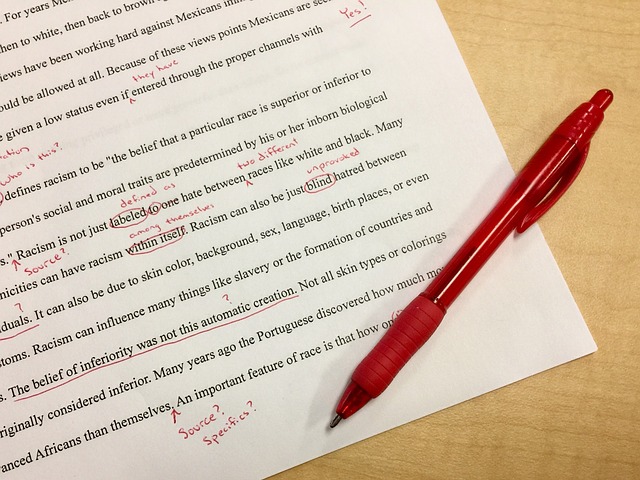Woohoo! You’ve completed the first draft of your manuscript—a remarkable achievement. Now, it’s time to embark on the essential journey of self-editing. Self-editing is the process of refining and polishing your manuscript before seeking feedback from others or submitting it for publication. In this blog post, we’ll unveil the mystery of self-editing and provide you with valuable techniques to ensure your manuscript shines like a literary gem.
1. Take a Break Before Starting
Before diving into self-editing, take a break from your manuscript. Stepping away allows you to return with fresh eyes, enabling you to spot errors, inconsistencies, and areas for improvement more effectively.
2. Create a Detailed Editing Plan
Approach self-editing with a clear plan in mind. Divide your editing process into different stages, such as addressing plot holes, character development, dialogue, grammar, and punctuation. Tackling one aspect at a time helps maintain focus and organization.
3. Review the Overall Structure
Assess the overall structure and pacing of your manuscript. Ensure your plot flows logically, and scenes are in the right sequence. Check that the story’s beginning, middle, and end are compelling and cohesive.
4. Strengthen Character Development
Well-rounded characters are the heart of any engaging story. Examine your characters’ motivations, emotions, and growth arcs. Ensure each character’s actions align with their personalities and contribute to the plot’s progression.
5. Refine Dialogue
Dialogue should be authentic, advancing the plot and revealing character traits. Eliminate any unnecessary or repetitive dialogue and strive for a balance between spoken and narrative elements.
6. Seek Consistency
Consistency is key in self-editing. Check for consistency in character names, physical attributes, timelines, and any other story details that must remain constant throughout the manuscript.
7. Address Pacing and Tension
Evaluate the pacing of your story. Keep readers engaged by maintaining a balance between action-packed scenes and moments of reflection. Build tension steadily to keep readers eager to turn the pages.
8. Eliminate Wordiness
Trim unnecessary words and sentences to streamline your prose. Concise writing enhances readability and keeps readers immersed in your story.
9. Polish Grammar and Spelling
Pay attention to grammar, spelling, and punctuation. Use grammar-checking tools but don’t solely rely on them. Carefully proofread your manuscript for errors that might slip through automated checks.
10. Seek Feedback
After completing your self-editing journey, seek feedback from beta readers or writing critique partners. They can offer valuable insights and catch aspects you might have overlooked.
11. Revise and Repeat
Based on the feedback you receive, revise your manuscript as needed. Repeat the self-editing process to fine-tune your work until you are satisfied with the final result.
Self-editing is an integral part of the writing process, unveiling the mystery behind crafting a polished manuscript. Taking a break before starting, creating a detailed editing plan, and reviewing the overall structure are crucial steps. Strengthen character development, refine dialogue, and seek consistency to ensure your story’s integrity. Address pacing and tension, eliminate wordiness, and polish grammar and spelling for a seamless reading experience. Seek feedback from others and be open to revisions as you repeat the self-editing process until your manuscript shines like a literary gem. Embrace self-editing as a transformative journey that elevates your writing and brings your story to its full potential. Happy editing and may your manuscript soon dazzle readers with its brilliance!

